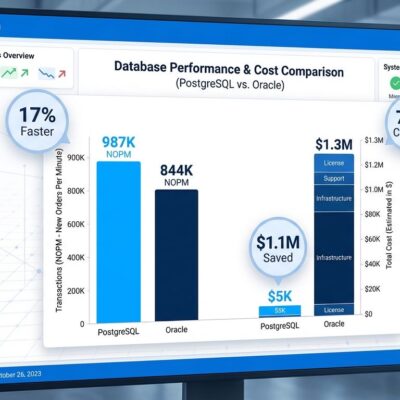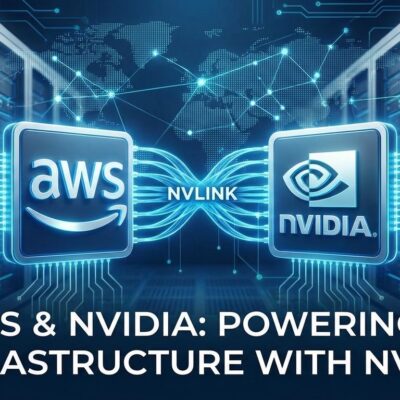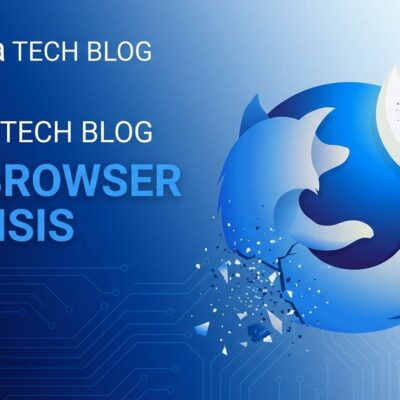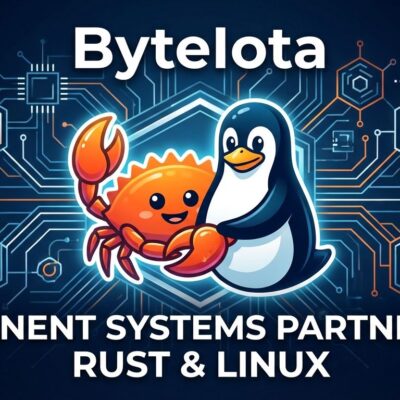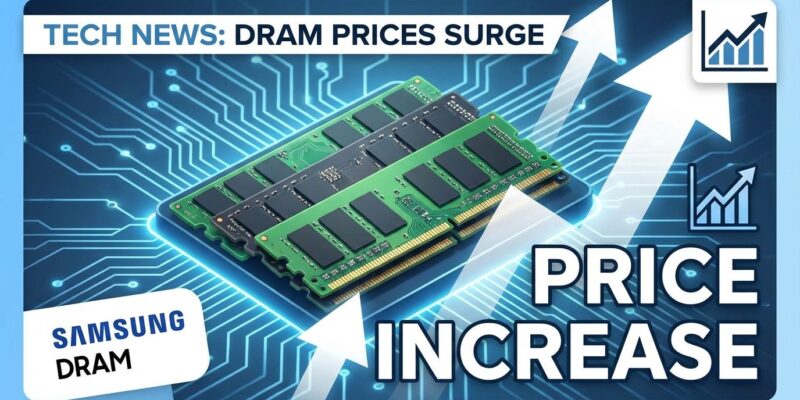
Samsung announced a 60% DRAM price increase this week—the largest memory price hike since 2017. This affects every layer of the tech stack. Developers will pay more for workstation RAM. Cloud providers will raise prices. Enterprise IT budgets won’t stretch as far. Whether this is genuine supply crunch or oligopoly pricing power, the impact is real and immediate.
Who Gets Hit and How Much
Developers building or upgrading workstations will see RAM costs jump significantly. A typical 64GB DDR5 kit that cost $240 last month now runs $384—an extra $144. High-end 128GB configurations add $288. If you were planning a hardware refresh, you have maybe two weeks before retail prices fully adjust to wholesale increases.
Cloud-heavy companies should brace for impact. Memory constitutes 20-30% of server infrastructure costs. A 60% DRAM increase translates to roughly 15-20% higher server total cost of ownership. Cloud providers won’t eat those costs—expect 10-15% price increases after a 3-6 month lag. A SaaS company spending $50K monthly on AWS could see an additional $5-7.5K added to their bill by Q2 2026.
Enterprise IT departments are postponing hardware refreshes. One Hacker News commenter described planning a 500-server refresh in Q1, now cut to 200 servers while waiting for prices to stabilize. Each enterprise server with 512GB RAM just got $3K-6K more expensive. FY 2026 budgets that looked adequate in October are suddenly 15-20% short.
AI infrastructure companies face the steepest costs. Training large models requires servers with 1-2TB of DRAM each. A 60% increase on $50K memory cost per server adds $30K per unit. This won’t stop OpenAI or Google, but it might slow the flood of AI startups.
Genuine Shortage or Pricing Power?
Three companies control 94% of the global DRAM market: Samsung (42%), SK Hynix (29%), and Micron (23%). When Samsung announces a 60% price hike, the other two typically match within weeks. Coincidentally, all three are “experiencing supply constraints” simultaneously.
This pattern isn’t new. The 2017 DRAM shortage—which saw prices double over 18 months—led to antitrust investigations in China and the EU. Regulators suspected coordinated supply restriction to maximize profits. The investigations never conclusively proved collusion, but the oligopoly structure makes pricing coordination easy even without explicit agreements.
The official narrative points to real factors: AI infrastructure demand is genuinely unprecedented. Every tech giant is building massive GPU clusters that require enormous memory bandwidth. Analyst projections show 40-60% annual growth in AI infrastructure demand through 2027. Manufacturing constraints matter too. DRAM fab expansion takes 18-24 months from decision to production.
The reality is probably both. AI demand is real, and supply constraints are real. But when three companies control nearly the entire market, they don’t need to manufacture a shortage—they just need to not rush to expand capacity while demand is high. The 60% immediate increase is unusual. Industry analysts note that typical supply-driven price increases happen gradually. This looks more like pricing power being exercised while market conditions provide cover.
When Does This End?
Don’t expect relief soon. Industry consensus forecasts prices remaining elevated through most of 2026. Competitors will likely match Samsung’s increase within weeks. Q1-Q2 2026 could see additional 10-20% increases if AI demand holds strong. New fab capacity starts coming online in late 2026, which should slow price growth. Full normalization isn’t expected until late 2027.
The 2017 shortage provides a timeline reference. Prices doubled over 18 months, then took another 18-24 months to normalize. We’re looking at a similar multi-year cycle. Wild cards could change the trajectory. If the AI bubble bursts, demand could crater and prices would collapse quickly. Conversely, geopolitical disruption—particularly around Taiwan—could make shortages worse.
What You Can Do About It
If you need hardware, buy now. Wholesale price increases take 2-4 weeks to fully propagate to retail. That window is closing fast. For non-urgent upgrades, postpone. Memory prices will eventually normalize, even if it takes until 2027.
Enterprises should revise FY 2026 infrastructure budgets upward by 15-20%. The server refresh you planned in December just got significantly more expensive. Either increase the budget or reduce scope.
Startups building infrastructure-heavy products need to factor higher costs into runway calculations. If your burn rate assumed certain cloud or hardware costs, those assumptions just changed. Plan for 20-30% higher infrastructure expenses when raising your next round.
Cloud optimization becomes more valuable. Reserved instances and savings plans offer better discounts when on-demand pricing rises. Memory-efficient application design isn’t just good engineering anymore—it’s a meaningful cost lever. Database query optimization, caching strategies, and reducing memory overhead all translate directly to lower bills.
The New Normal
Memory prices are going up and staying up for at least 18 months. This isn’t a temporary blip—it’s a structural shift driven by AI infrastructure demand colliding with oligopoly market structure. Plan accordingly. Buy what you need now if possible, optimize what you have, and budget for higher costs through 2026. The supply will eventually catch up, but “eventually” is a long time when you’re paying 60% more today.





